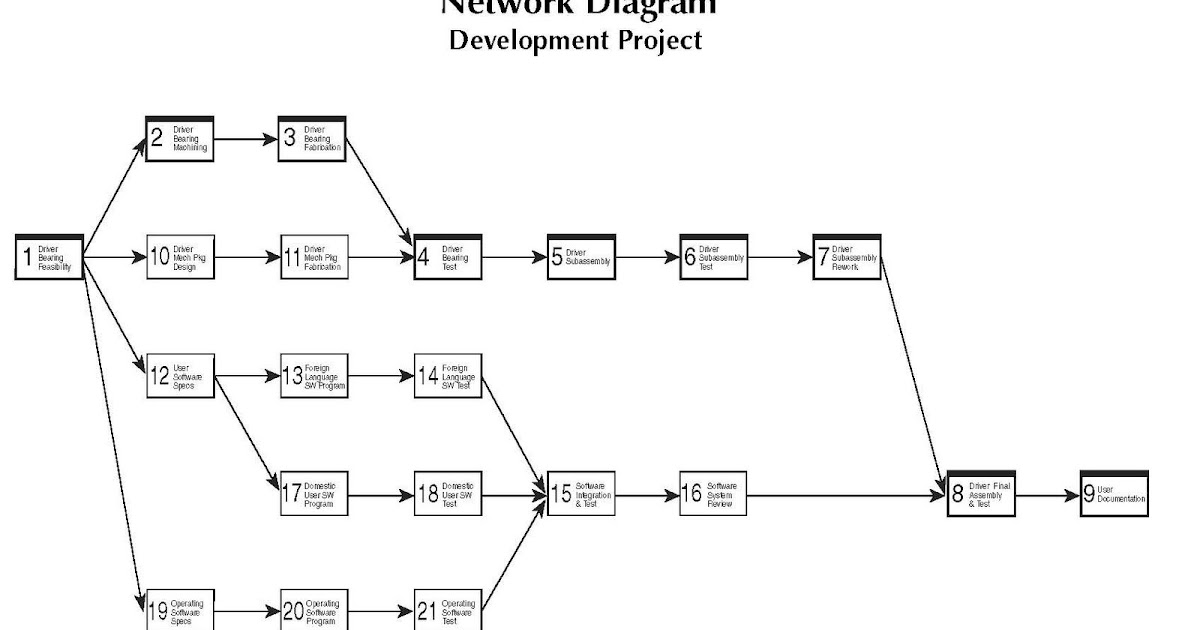

Incomplete seating of the acetabular component and its resultant lack of apposition with host bone is particularly prevalent at the apex of the hemispherical cup known as zone 2 in the DeLee and Charnley radiographic classification.

A desired characteristic of highly porous metal surfaces is the increased coefficient of friction, which optimizes the interference fit and subsequent mechanical stability against host bone however, increased frictional resistance may create difficulty fully seating the hemispherical implant depending on the degree of interference fit or manufacturer tolerance between the reamer and final implant. Contemporary acetabular component surfaces have evolved to now include highly porous metals of either titanium or tantalum in hopes of enhancing osseointegration thereby minimizing the incidence of aseptic loosening and extending implant longevity. Modern total hip arthroplasty (THA) typically uses cementless acetabular components, with implantation occurring via an interference fit (or press-fit) technique to create mechanical stability of the outer porous surface against native bone.


 0 kommentar(er)
0 kommentar(er)
